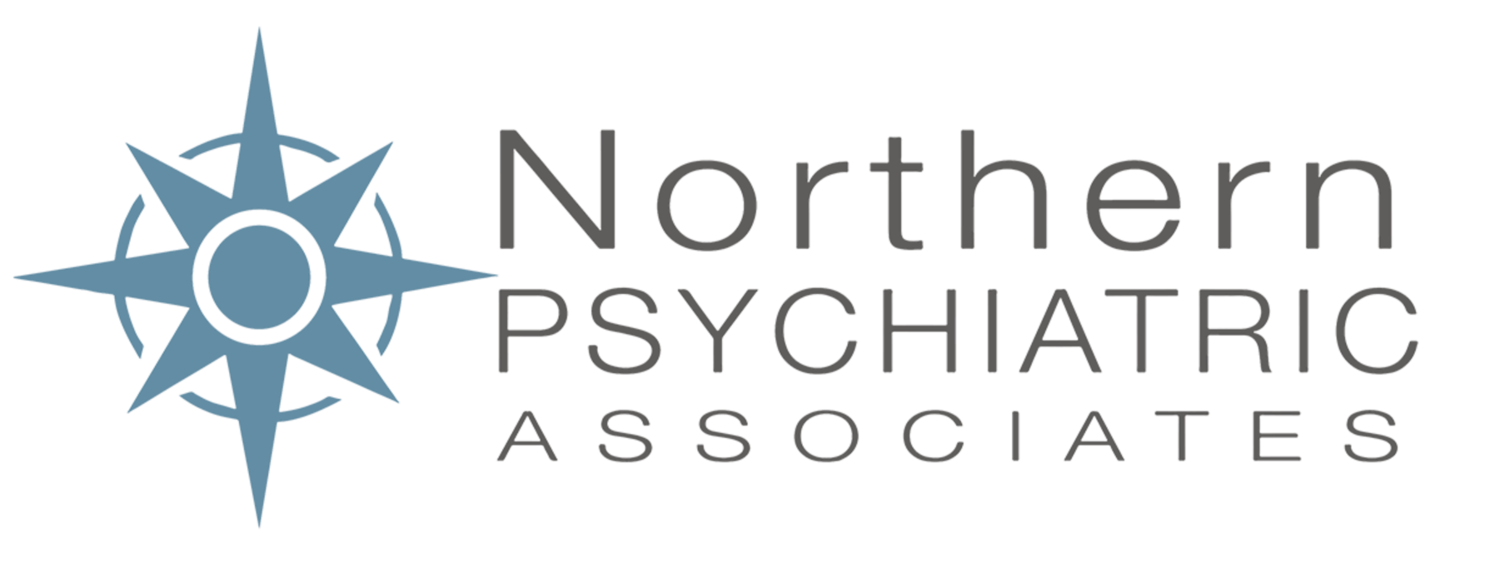What is PTSD?
PTSD is a disorder that develops in some people who have experienced a shocking, scary, or dangerous event.
It is natural to feel afraid during and after a traumatic situation. Fear triggers many split-second changes in the body to help defend against danger or to avoid it. This “fight-or-flight” response is a typical reaction meant to protect a person from harm. Nearly everyone will experience a range of reactions after trauma, yet most people recover from initial symptoms naturally. Those who continue to experience problems may be diagnosed with PTSD. People who have PTSD may feel stressed or frightened even when they are not in danger.
Common Signs and Symptoms of PTSD
Not every traumatized person develops ongoing (chronic) or even short-term (acute) PTSD. Not everyone with PTSD has been through a dangerous event. Some experiences, like the sudden, unexpected death of a loved one, can also cause PTSD. Symptoms usually begin early, within 3 months of the traumatic incident, but sometimes they begin years afterward. Symptoms must last more than a month and be severe enough to interfere with relationships or work to be considered PTSD. The course of the illness varies. Some people recover within 6 months, while others have symptoms that last much longer. In some people, the condition becomes chronic.
When to See a Doctor for PTSD
A doctor who has experience helping people with mental illnesses, such as a psychiatrist or psychologist, can diagnose PTSD. To be diagnosed with PTSD, an adult must have all of the following for at least 1 month
At least one re-experiencing symptom
At least one avoidance symptom
At least two arousal and reactivity symptoms
At least two cognition and mood symptoms
Re-experiencing Symptoms
Flashbacks—reliving the trauma over and over, including physical symptoms like a racing heart or sweating
Bad dreams
Frightening thoughts
Avoidance Symptom
Staying away from places, events, or objects that are reminders of the traumatic experience
Avoiding thoughts or feelings related to the traumatic event
Arousal and reactivity symptoms include:
Being easily startled
Feeling tense or “on edge”
Having difficulty sleeping
Having angry outbursts
Cognition and mood symptoms include:
Trouble remembering key features of the traumatic event
Negative thoughts about oneself or the world
Distorted feelings like guilt or blame
Loss of interest in enjoyable activities
PTSD Treatment and Therapies
The main treatments for people with PTSD are medications, psychotherapy (“talk” therapy), or both. Everyone is different, and PTSD affects people differently so a treatment that works for one person may not work for another. It is important for anyone with PTSD to be treated by a mental health provider who is experienced with PTSD. Some people with PTSD need to try different treatments to find what works for their symptoms.
If someone with PTSD is going through an ongoing trauma, such as being in an abusive relationship, both of the problems need to be addressed. Other ongoing problems can include panic disorder, depression, substance abuse, and feeling suicidal.
Medication
The most studied medications for treating PTSD include antidepressants, which may help control PTSD symptoms such as sadness, worry, anger, and feeling numb inside. Antidepressants and other medications may be prescribed along with psychotherapy. Other medications may be helpful for specific PTSD symptoms. For example, although it is not currently FDA approved, research has shown that Prazosin may be helpful with sleep problems, particularly nightmares, commonly experienced by people with PTSD.
Doctors and patients can work together to find the best medication or medication combination, as well as the right dose. Check the U.S. Food and Drug Administration website (http://www.fda.gov/) for the latest information on patient medication guides, warnings, or newly approved medications.
Psychotherapy
Psychotherapy (sometimes called “talk therapy”) involves talking with a mental health professional to treat a mental illness. Psychotherapy can occur one-on-one or in a group. Talk therapy treatment for PTSD usually lasts 6 to 12 weeks, but it can last longer. Research shows that support from family and friends can be an important part of recovery.
Many types of psychotherapy can help people with PTSD. Some types target the symptoms of PTSD directly. Other therapies focus on social, family, or job-related problems. The doctor or therapist may combine different therapies depending on each person’s needs.
Effective psychotherapies tend to emphasize a few key components, including education about symptoms, teaching skills to help identify the triggers of symptoms, and skills to manage the symptoms. One helpful form of therapy is called cognitive behavioral therapy, or CBT. CBT can include:
Exposure therapy. This helps people face and control their fear. It gradually exposes them to the trauma they experienced in a safe way. It uses imagining, writing, or visiting the place where the event happened.
The therapist uses these tools to help people with PTSD cope with their feelings.Cognitive restructuring. This helps people make sense of the bad memories. Sometimes people remember the event differently than how it happened. They may feel guilt or shame about something that is not their
fault. The therapist helps people with PTSD look at what happened in a realistic way.
There are other types of treatment that can help as well. People with PTSD should talk about all treatment options with a therapist. Treatment should equip individuals with the skills to manage their symptoms and help them participate in activities that they enjoyed before developing PTSD.
Information Courtesy of the National Institute of Mental Health (nimh.gov)
